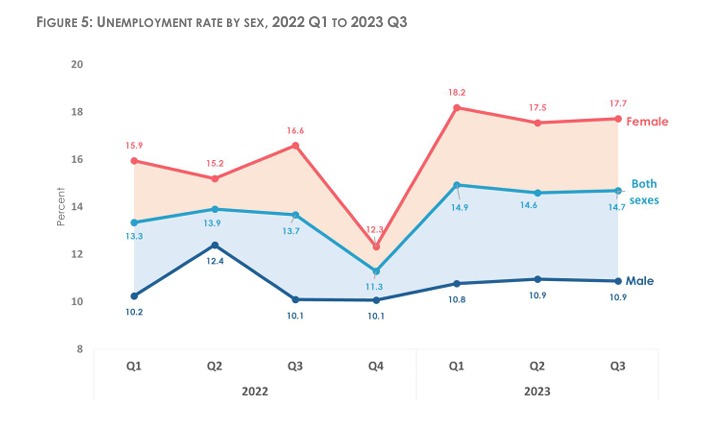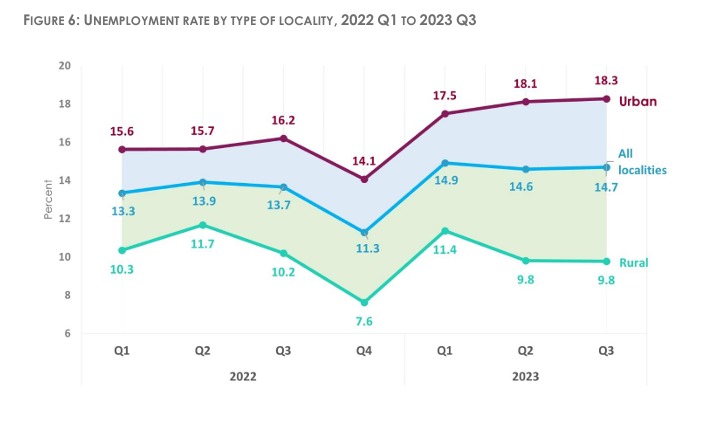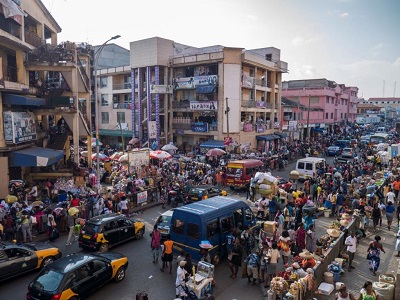Ghana’s Unemployment Rate to Hold Steady at 3.1% in 2025, Says Fitch Solutions
Ghana’s unemployment rate is projected to remain flat at 3.1% in both 2025 and 2026, according to Fitch Solutions’ Country Risk team.
The forecast suggests a continuation of the slow upward trend in unemployment observed since 2017, with medium-term expectations pointing to further gradual increases.

Despite the seemingly low headline rate, underlying structural challenges persist within the Ghanaian labour market. A significant constraint, Fitch notes, stems from the country’s low life expectancy—estimated at just 64.3 years—which dampens the productive capacity of the labour force.
This health-related demographic pressure is attributed to chronic underinvestment in public healthcare and the persistent burden of water-borne diseases and illnesses such as HIV/AIDS.
Moreover, a shortage of highly skilled domestic labour is compelling employers to increasingly rely on expatriate expertise to fill talent gaps across key sectors of the economy.
Fitch Solutions’ 3.1% Unemployment Rate forecast for 2025, however, contradicts known unemployment figures published by the Ghana Statistical Service (GSS).
According to the GSS 2023 Q3 Labour Statistics report, the average unemployment rate for the first three quarters of 2023 was 14.7 percent, with the rate among females consistently higher than males.
The increase in the unemployment rate of females between the fourth quarter of 2022 and the first quarter of 2023 has culminated in a wider unemployment gender gap in 2023 relative to 2022.

The GSS further notes that the difference in the unemployment rates between urban and rural areas widened successively for the first three quarters of 2023. In the second and third quarters of 2023, the urban unemployment rate was almost twice compared to rural areas.

Meanwhile, jobs outlook in the country remains a major source of public discontent as a 2024 Afrobarometer survey found that unemployment tops the list of concerns among Ghanaians, ahead of infrastructure deficits and healthcare shortcomings.
The findings underscore the urgency for structural reforms aimed at stimulating job creation, especially among the youth.
Amid these challenges, public sentiment remains broadly supportive for the continuation of government initiatives targeting social and economic advancement. Many Ghanaians continue to face varying degrees of lived poverty, with regular shortages of essential needs such as food, clean water, and basic healthcare services.
While the unemployment rate may appear modest by international standards, the data masks underemployment and informality—both of which are endemic in Ghana’s economy. Tackling these entrenched issues will be critical if the government is to deliver inclusive and sustainable growth over the coming years.








